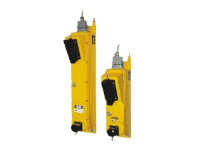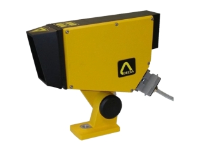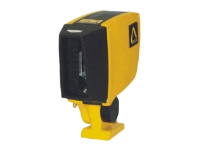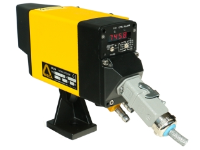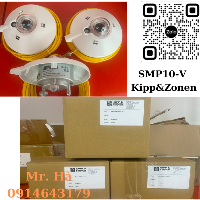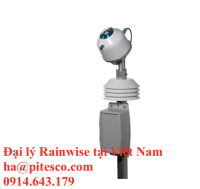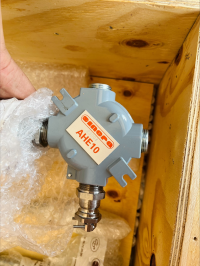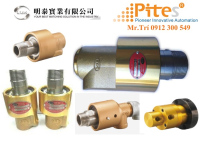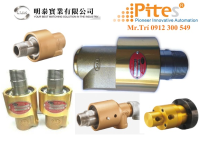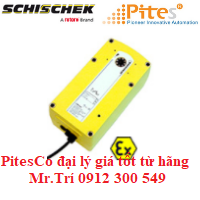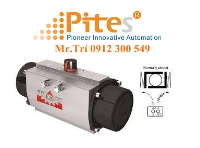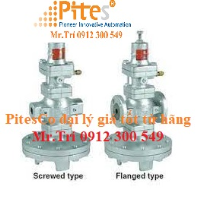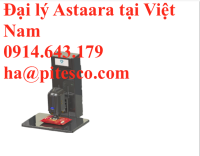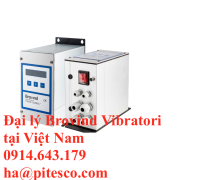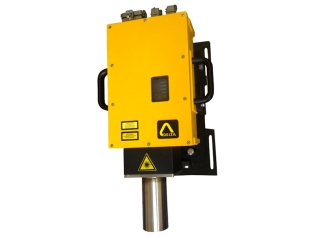
DL4000, Delta Sensor Vietnam, Deltasensor Vietnam, Delta chính hang, Delta chinh hang, phân phối Delta Vietnam
- High Accuracy
- Measurement on target up to 1200 °C / 2190 °F
- Non-Contact, no slippage
- Design for steel industry conditions
CATALOGUE
Features and benefits
The Velas DL4000 directly replaces traditional, high-maintenance, problematic contact wheel and rollers type devices, with accurate “state-of-the-art” laser Doppler technology. Extremely easy to install, integrate and use.
Accurate speed and length measurement reduces scrap, increases uptime and improves material yield.
- High accuracy: better than 0.05%
- Repeatability: better than 0.02%
- Non-Contact: no slippage, can work on very high temperature products
- No Moving Parts: no wear
- Autonomous sensor: ready to use, no calibration required
- Designed for easy installation including support with 3 axis plus height adjustment
- Water cooling and air purging for the steel industry
- Easy Integration: built in Ethernet port
- Sensor configuration with PC software
Typical applications
|
 |
Presentation
The Velas DL400 is an autonomous sensor mounted in cast aluminium housing. A hood for protecting the window glass is fitted with air purging to create an air curtain in front of this glass. The case includes a cooling stainless steel pipe and is fixed to a mounting stand, adjustable with three axes. The electrical connections are made with heavy duty connectors.
The setup of the sensor is made through DELTAConf software (delivered with sensor) and allows user to adjust parameters such as measurement ranges and offsest, inputs and outputs setting, speed and communication, units, status display...
Operating principle
The principle is to measure the speed of a moving object using the Doppler effect.
Two laser beams, separated in angle (α) and slightly shifted in frequency, are used to create an interference pattern (fringe spacing Δs) which will be scattered by the surface of the moving object (orthogonal to the optical axis speed Vp).
The optical detector (along the optical axis) racords a modulated signal including the Doppler frequency (Fd). The speed is then calculated analyzing the Doppler shift of the signal (heterodyne based detection).
Vp = λ / (2 * sin(α / 2)) * Fd
Finally, the length measurement is computed using a very accurate integration of the speed.
Lp = ∫ Vp dt







 Ms. Trinh
Ms. Trinh trinh trinh
trinh trinh 